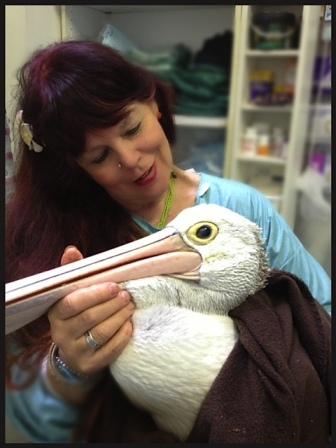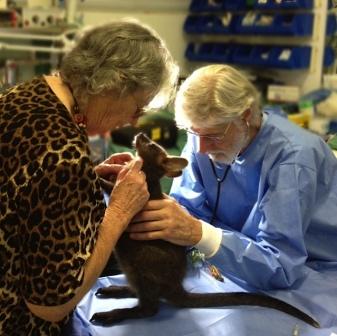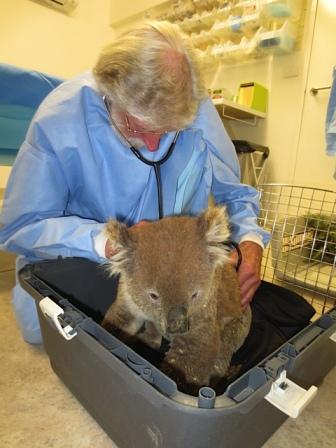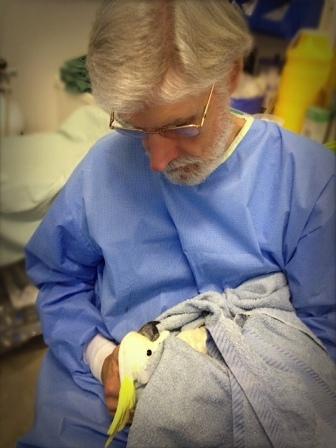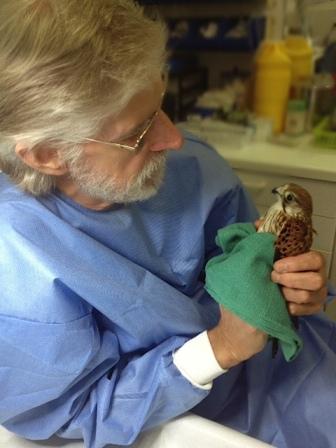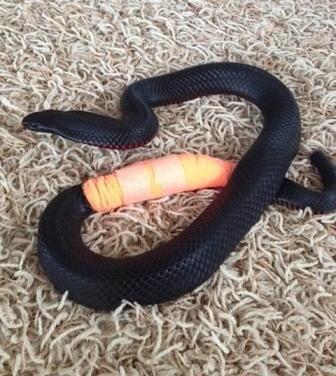Southern Cross Wildlife Care - Critters of the Month - 2014
Curated by Lynleigh Grieg
Critter of the Month - January 2014 - curated by Lynleigh Greig
Cecil's Story
Cecil the Diamond Python was rushed to us at 10pm on a Friday night in October of last year by Sonja Elwood, one of Sydney Wildlife’s finest volunteers.
He was halfway to heaven...
With severe stomatitis of the mouth, multiple inexplicable body wounds, a crushed tail and pneumonia, we thought he wouldn’t make it...!
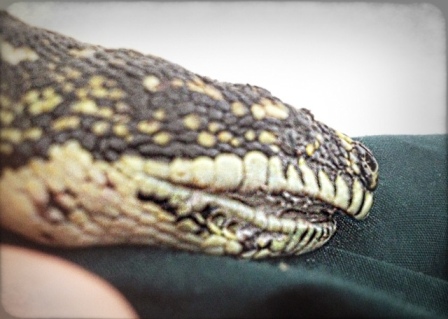
Dr Ralph started working on him immediately to clear away the pus from his mouth and tongue (which was completely cut off by exudate). He had to extract pus from all the way down his respiratory tract. One of his eyes was also severely shrunken and shrivelled. We weren’t sure it could be saved.
After an hour of intense treatment, Cecil was sent home with his carer. His prognosis for recovery was somewhat guarded...
After a week of antibiotic injections, daily administrations of sub-cutaneous fluids and daily gum-scraping, Cecil was starting to look more human... Well, reptilian...!
Even his shrunken eye was showing promise.
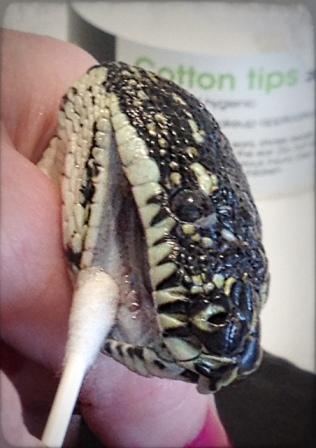
He was always very sweet and patient throughout his treatments and only huffed and puffed every now and again to express his humiliation.
Once he started to feel better, we had to address his tail issue. When he’d presented with a crushed tail, we’d hoped the antibiotics might help, but things didn’t improve so the decision was made to amputate the end of his tail to prevent it getting in his way.
He was anaesthetised, the procedure undertaken and the wound sutured.
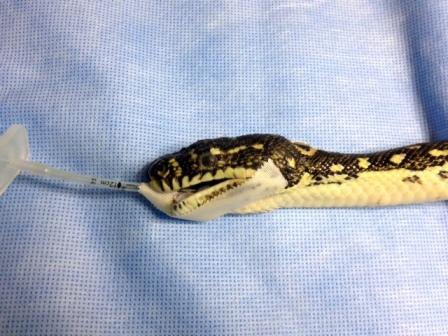
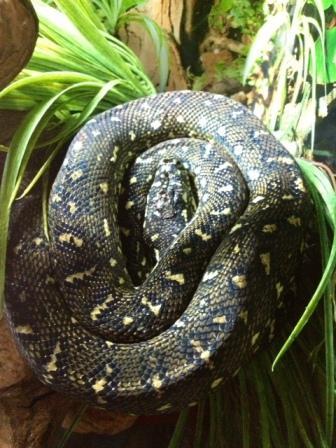
He was taken home by his carer and put to bed.
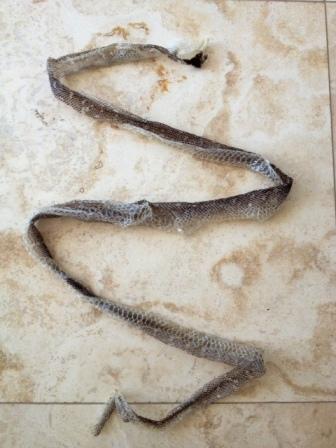
Cecil’s first skin-shed caused much excitement! A good shed is a sign of a healthy snake. This is his beautiful skin which we will keep as a souvenir and to remind us of this gentle soul who placed his safety and life into our hands.
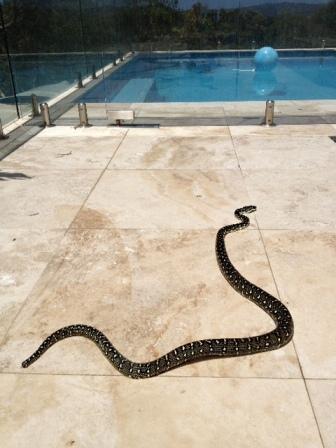
Here is our beautiful boy catching some sun beside his carer’s pool. You can see how well his tail healed.
His recuperation period so far has been 9 weeks.
Would you believe this is the same animal? What a handsome boy!
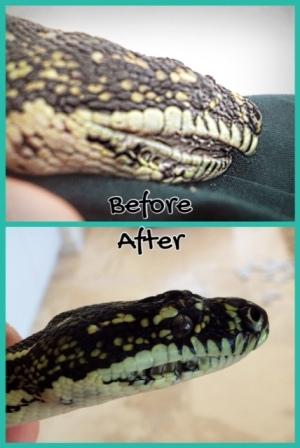
Cecil is having his sutures removed on Thursday and then he is free to go. As we don’t know where he originated from, he will have to be released in a place where we know he will be safe.
A wonderful member of the public in Avalon has offered him a home in his glorious backyard where there is ample space for him, many native trees for him to climb and lots of sunny spots for basking.
Good luck, Cecil, you are a wonderful boy but please stay out of trouble, young man...!
Thank you to the member of the public who found him in his hour of need, thank you to Sonja Elwood for rushing him over on a Friday night and thank you to Nick who will be keeping a watchful eye on him in his new home...
Southern Cross Wildlife Care - Critter of the Month - February 2014 - curated by Lynleigh Greig
Rocky - the pine-cone impersonator
If you saw this shingleback lizard in the wild (minus the big blue bandage) you might mistake him for a giant pine-cone!
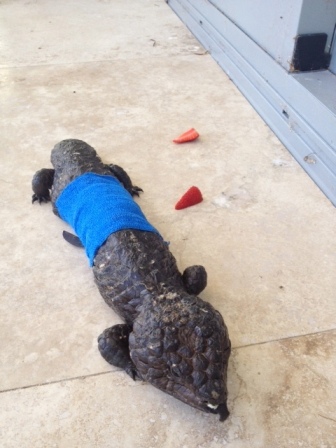
Shinglebacks are widespread in New South Wales from the western slopes of the Great Dividing Range, but do not occur naturally in Sydney. They prefer a semi-arid climate, where rainfall and humidity are low.
Rocky was found far South of Sydney and brought to us with a gaping hole in his side. The hole was so large that we could see right into his chest cavity and could even see his exposed ribs and tiny lungs!
We’re not 100% sure how he acquired the wound, but we believe he may have been bitten by a fox or other feral animal.
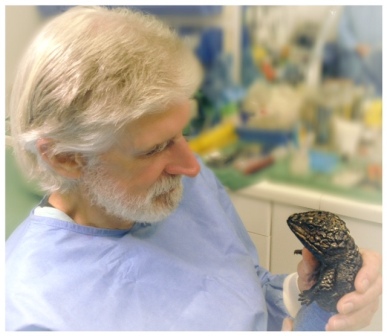
Dr Ralph anaesthetised Rocky and spent an entire hour cleaning debris from the wound, flushing out any foreign bodies and filling the wound with vaseline gauze to keep the area moist during healing. Rocky was given fluids and antibiotics and his wound was dressed.
Due to the gory nature of the wound, we decided not to publish the photos from his first consultation.
With a wound that size, Rocky’s future was uncertain...
Every second day, Rocky was given antibiotic injections and his wound was cleaned and re-dressed twice a week.
It was interesting to note that his appetite was not affected by his injury...! He ate large quantities of vegetables, snails, mealworms, chicken and his favourite... lychees!
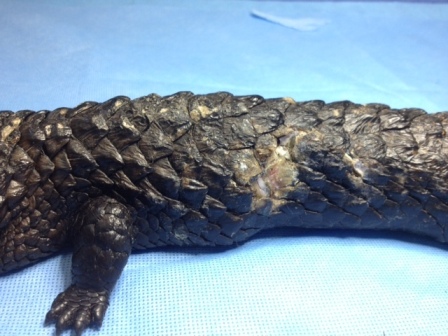
This is his wound after 4 weeks of healing.
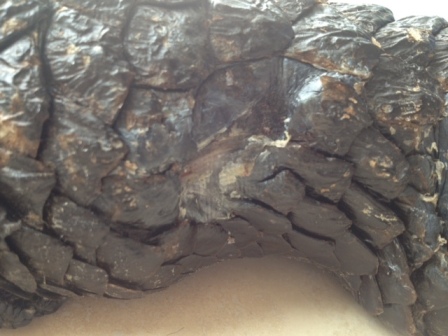
This is Rocky’s wound after 8 weeks of healing.
He was very pleased to have the bandages permanently removed and enjoyed the freedom to bask in the sun unencumbered by vet-wrap and micropore.
Look at this little face... It’s difficult to see from the photos what a character Rocky is. He earned rock-star status with his legion of adoring fans! Everyone who met him, fell instantly in love with him.
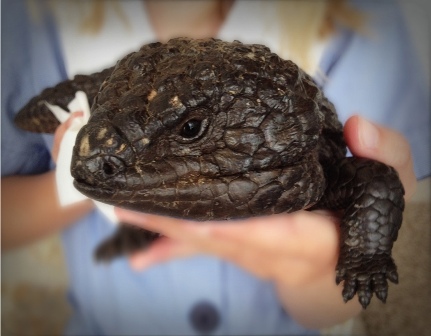
We’re thinking of starting a Facebook Fan Page for Rocky ha ha ha :)
Unlike most lizards, shinglebacks tends to be monogamous. Such pairs have been known to return to each other every year for up to 20 years! So, Rocky, your mate is waiting for you to come back to them and we will make sure you return to each other soon...!
Southern Cross Wildlife Care - Critter of the Month - March 2014 - curated by Lynleigh Greig
Esther’s Lucky Escape
Early one Tuesday, whilst already on a snake call-out, I was rung to collect an injured black-bellied swamp snake from a vet in Forestville. The little snake had been brought inside by the home-owner’s cat and was suffering from bite-wounds to at least 3 parts of her body.
I rushed over and administered an antibiotic injection immediately.
Our prognosis for small snakes that suffer cat-bites is usually very guarded. It’s not often that they pull through - which is very sad.
Esther, however, had a feisty little spirit and we had high hopes for her.
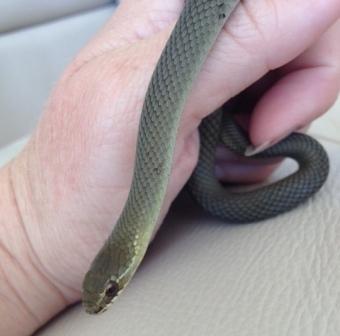
Once in the surgery, she was given a warm bath in an antiseptic solution and placed on a heat-mat to begin her recuperation.
Every second day, we administered antibiotic injections and she became stronger and stronger. Despite being quite spirited, Esther was always a pleasure to treat.
Black-bellied swamp snakes are also known as marsh snakes. They are usually less than 1m long and can vary quite a bit in colouring - usually an olive green, but sometimes brown in colour. They have two white stripes along each side of their face - one above the eye and the other on the jawline.
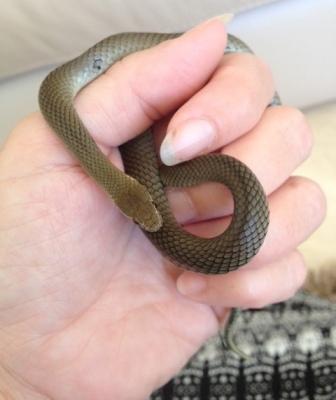
Once Esther had undergone a course of antibiotics and was nice and strong again, it was time for her to go back to the wild.
We took her back to her original location and then looked for a safe area of bushland close to where she was found.
We found a mini-paradise - with beautiful bracken ferns, a babbling creek and the song of splendid fairy wrens.
When we released her, she turned around as if to say “thank you”.
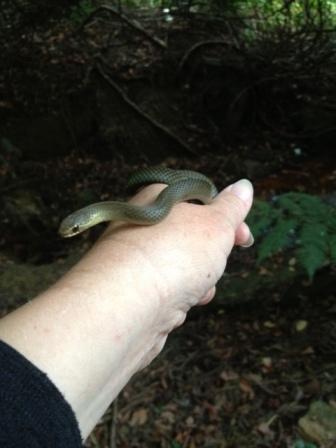
Southern Cross Wildlife Care - Critter of the Month - April 2014 - curated by Lynleigh Greig
Nobody knows how long poor little Nelson the Seagull had been suffering with a fishing hook inside him.
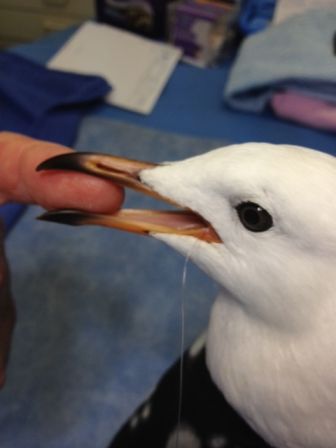
This X-ray clearly shows the fishing hook in his digestive tract.
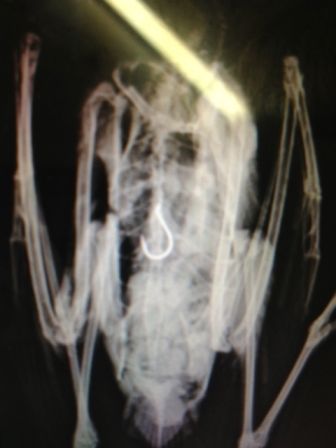
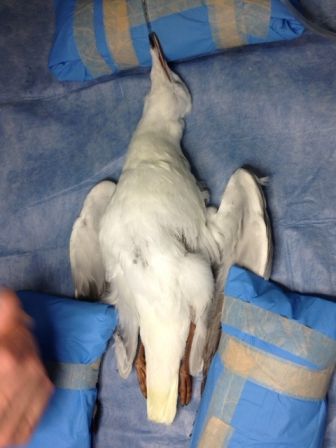
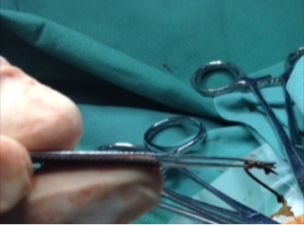
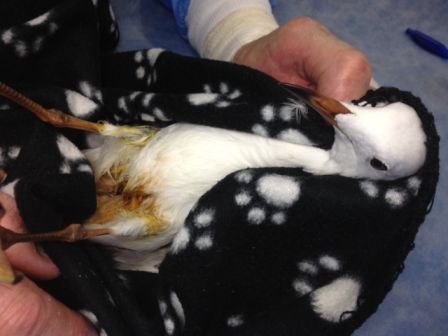
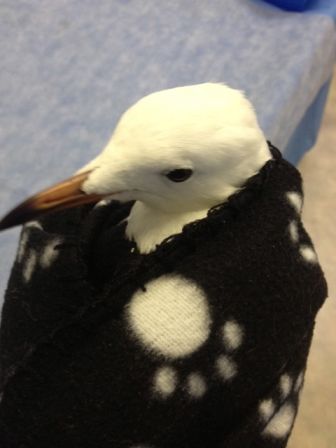
Responsible Fishing to Reduce Wildlife Injuries (extract from NSW Department of Industries):
1. Avoid using unattended lines and check your crab traps and nets regularly.
2. Using crab traps and nets when fishing towards an estuary’s headwaters has a higher risk of interacting with platypus. Consider moving gear further downstream.
3. Avoid bird feeding and nesting areas.
4. Avoid using stainless steel hooks which take years to break down in the environment.
5. Collect and dispose of any discarded fishing line, hooks, other gear or rubbish.
6. Cut discarded fishing line into small pieces to avoid entanglement in case birds and other animals scavenge rubbish bins.
7. Don’t leave ANYTHING behind. Even plastic bags can prove fatal when sea turtles mistake them for natural jellyfish prey.
Southern Cross Wildlife Care - Critter of the Month - May 2014 - curated by Lynleigh Greig
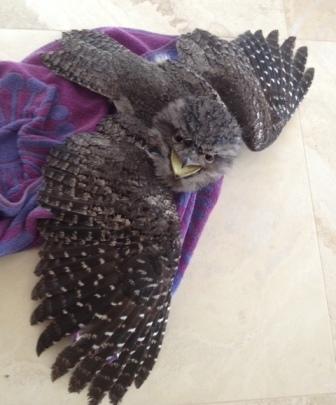
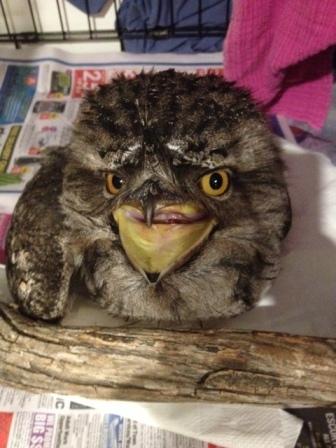
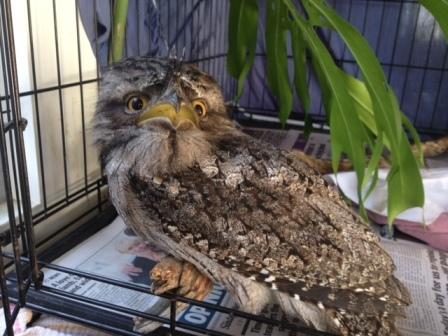
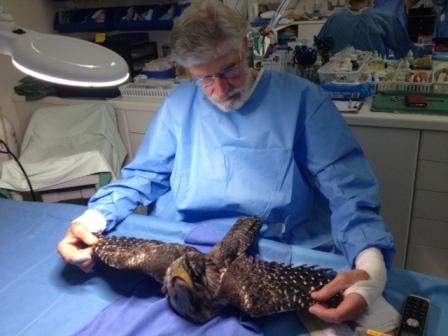
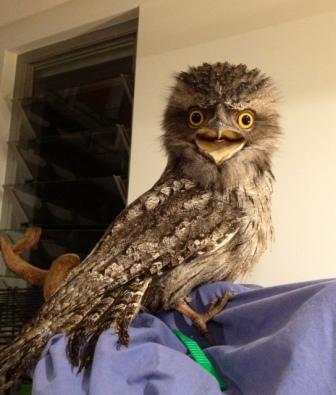
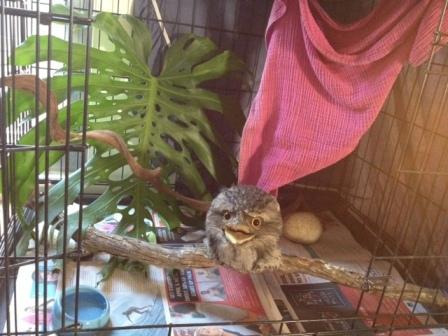
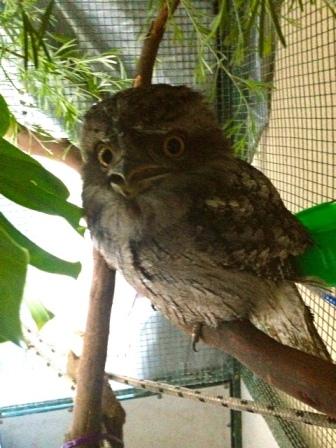
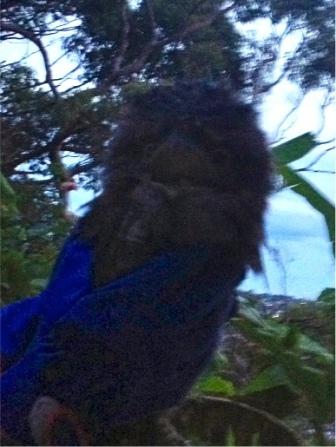
Southern Cross Wildlife Care - Critter of the Month - June 2014
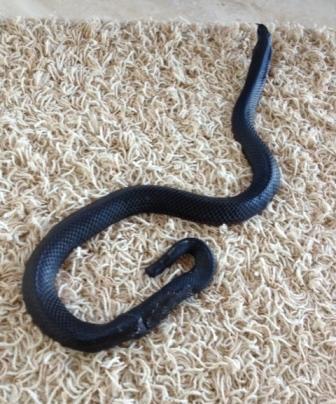
Southern Cross Wildlife Care - Critter of the Month - July 2014
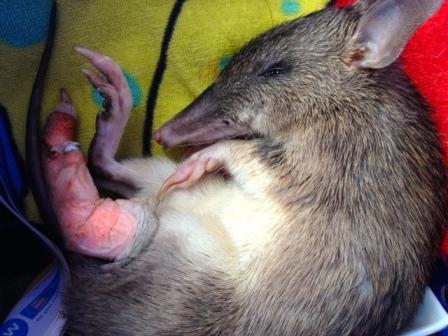
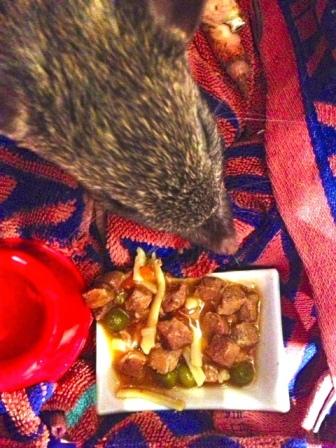
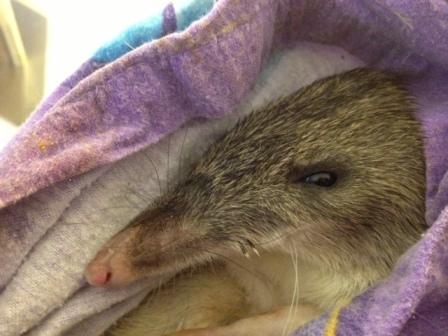
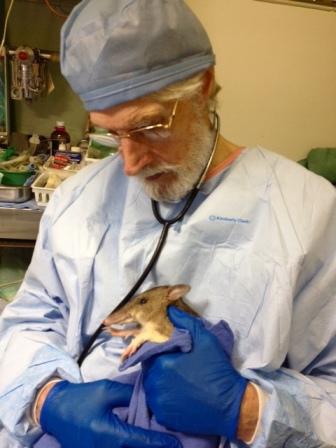
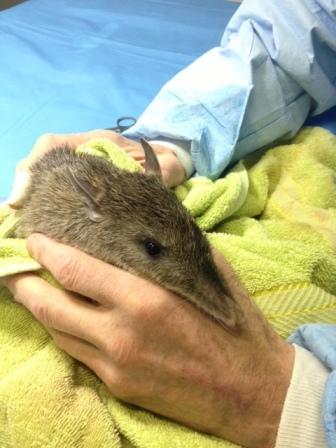
Southern Cross Wildlife Care - Critter of the Month - August 2014
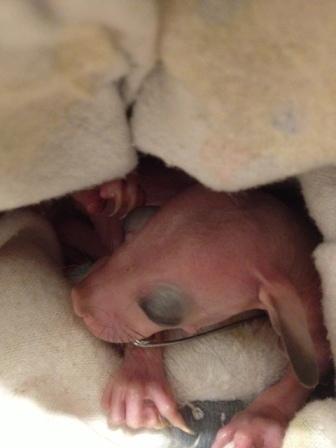
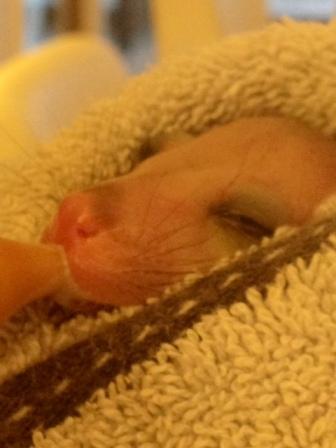
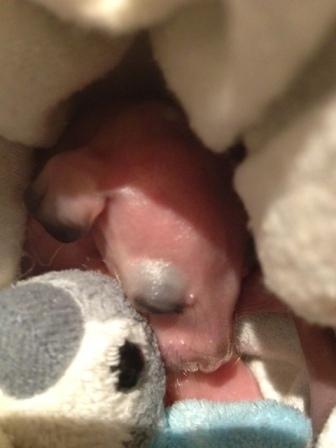

Southern Cross Wildlife Care - Critter of the Month - September 2014
Toddy the Intrepid Turtle...!
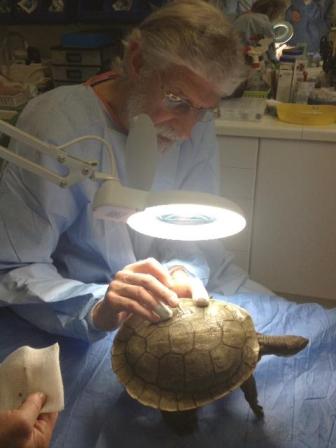
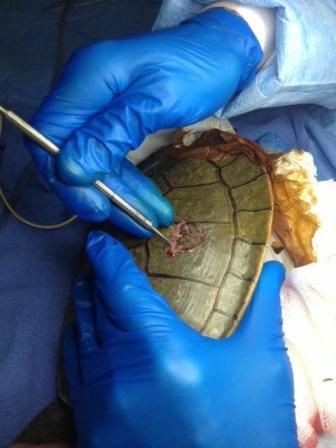
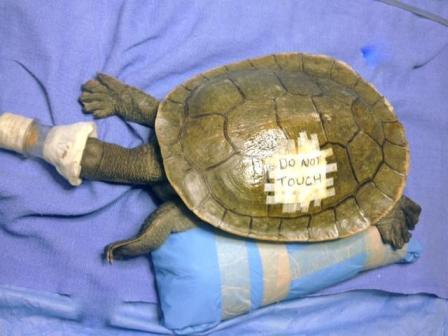
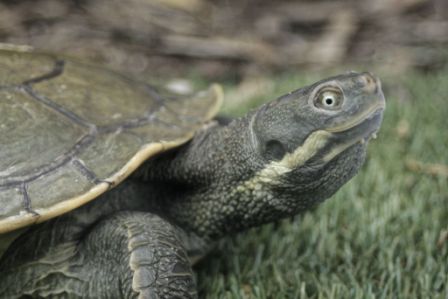
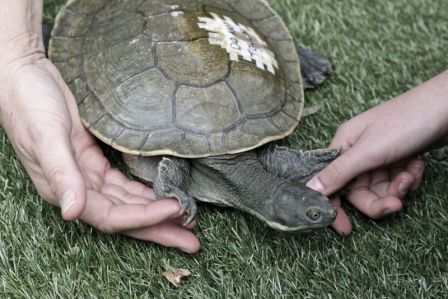
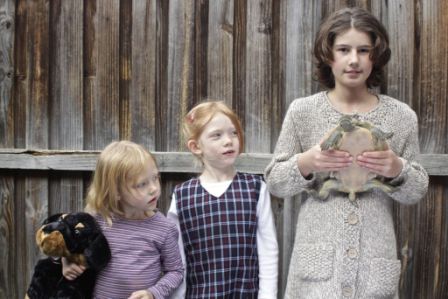
Southern Cross Wildlife Care - Critter of the Month - October 2014
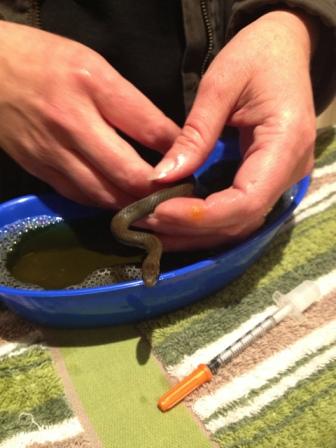
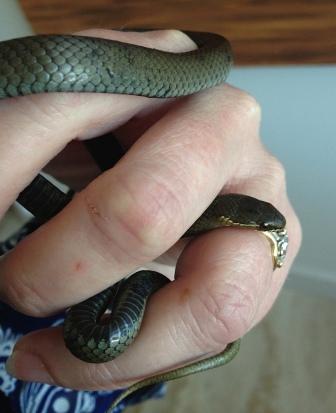
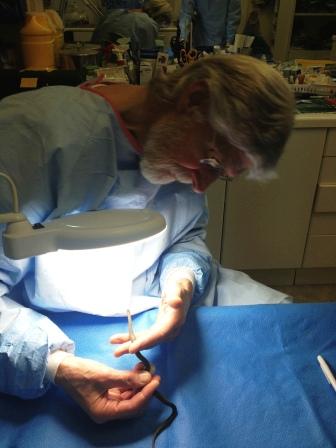
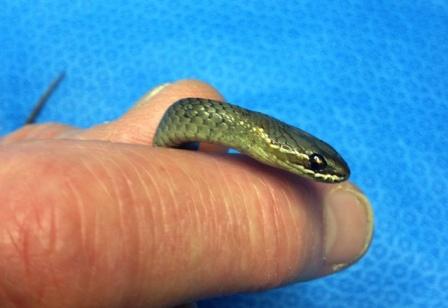
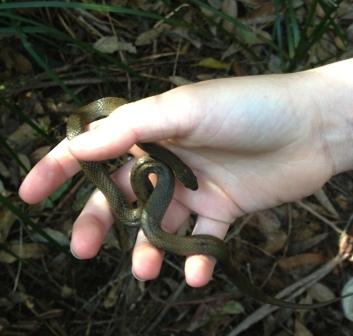
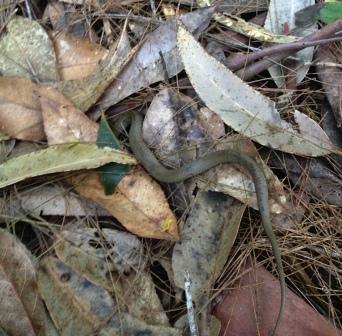
Southern Cross Wildlife Care - Critter of the Month - November 2014
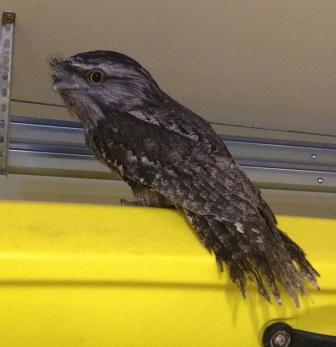
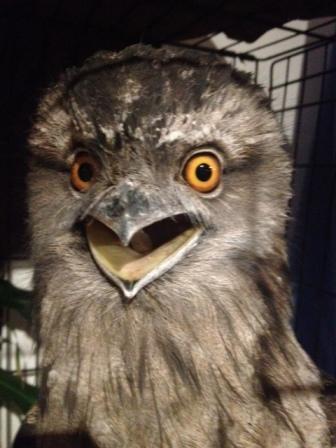
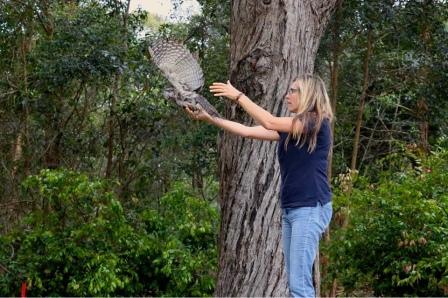
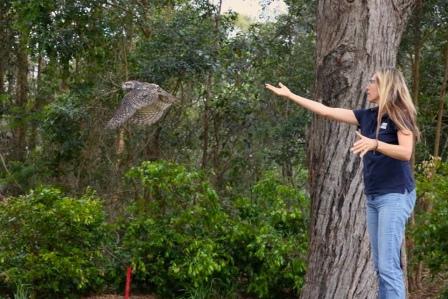
Southern Cross Wildlife Care - Critters of the Month - December 2014
